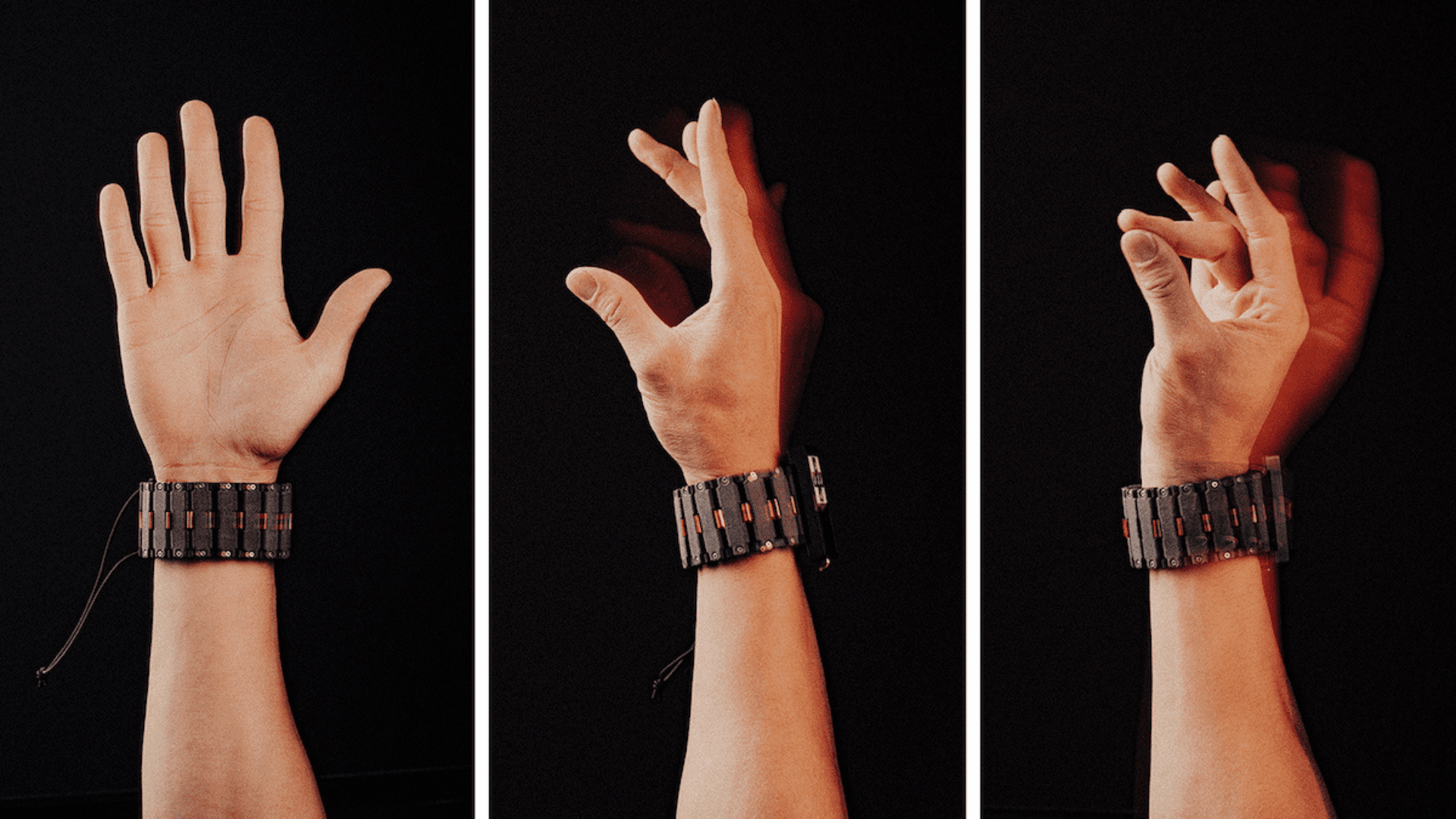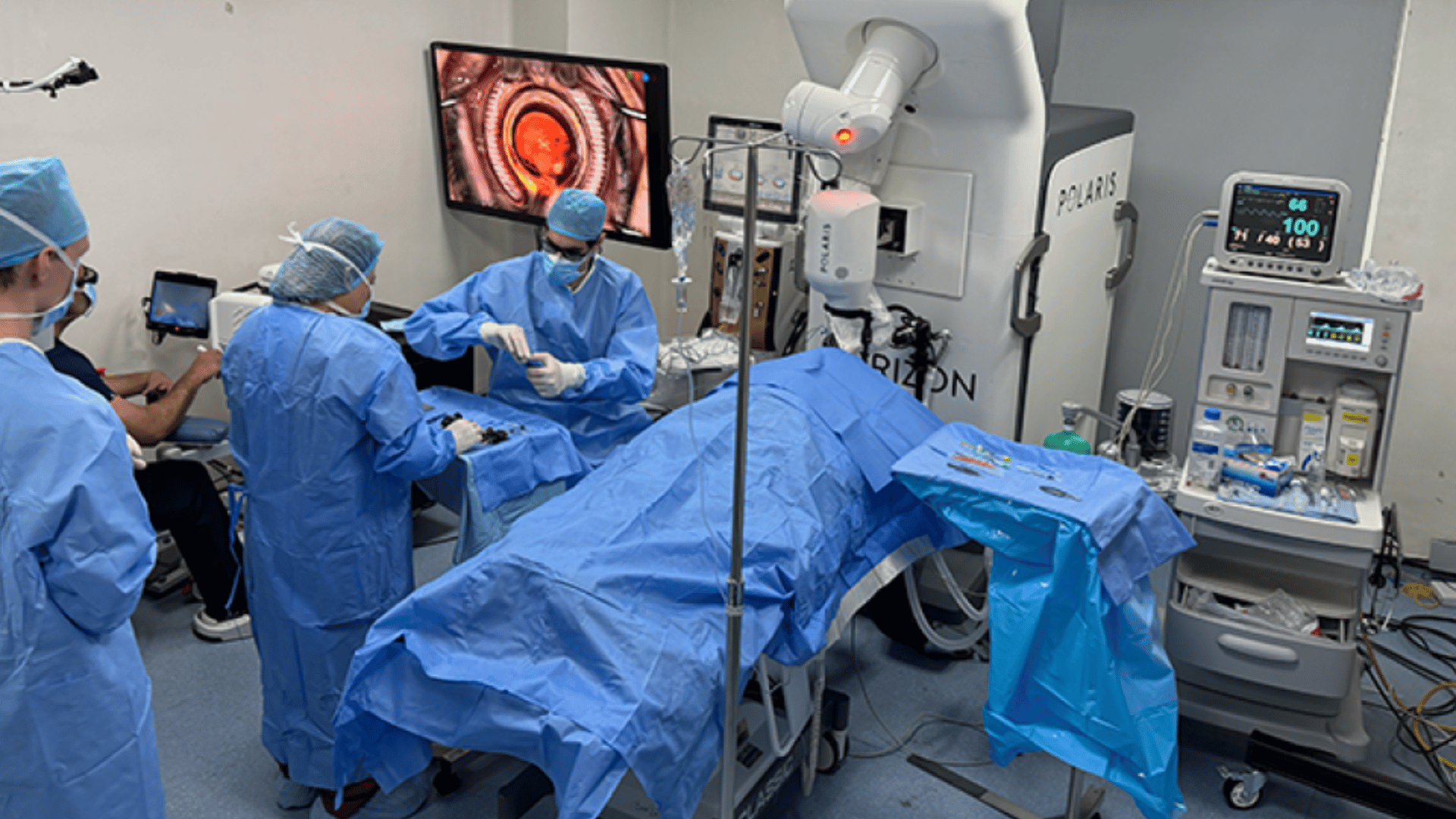Meta researchers are developing a wristband that lets users control a computer using hand gestures. This experimental technology, detailed in a research paper published in the journal Nature, reads the electrical signals that pulse through your muscles when you move your fingers.
Using Electrical Signals to Operate Computers

Originating from commands sent from the brain, these signals can even predict what you will do before you do it.
“You don’t have to actually move,” Thomas Reardon, the Meta vice president of research who leads the project, said in an interview with the New York Times. “You just have to intend the move.”
Dr. Reardon and his team have used artificial intelligence to identify common electrical signals that appear when a person moves a finger, wrist, or thumb. This allows users to push the cursor with a turn of the wrist or open an app with a tap of their thumb against their forefinger.
“This idea — this kind of technology — is not new, it is decades old,” said Dario Farina, a professor of bioengineering at Imperial College, London, who has tested the technology but was not involved in the research. “The breakthrough here is that Meta has used artificial intelligence to analyze very large amounts of data, from thousands of individuals, and make this technology robust. It now performs at a level it has never reached before.”
The wristband uses electromyography, or EMG, to locate electrical signals from the forearm muscles. These signals originate with neurons in the spinal cord called alpha motor neurons, which connect to individual muscle fibers. Because the neurons directly connect to muscle fibers, they’re strong enough to be read from outside the skin.
The company collected signals from 10,000 people who tested the prototype. Then, they used a machine learning system called a neural network to identify common patterns. Those patterns can now be identified even when a different person uses the device.
According to TechCrunch, the wristband’s goal is to provide less invasive tools for people with motor disabilities to interact with computers.







